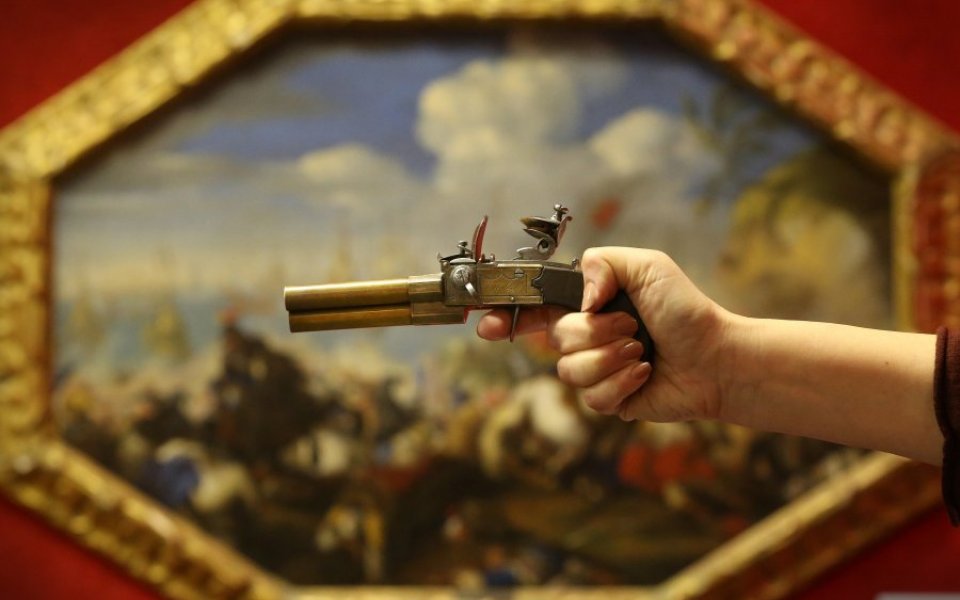Locked & loaded: Is buying a gun a good investment?

Is a gun a good investment? “Only if it’s in tip-top condition,” says Giles Marriott, who runs the eponymous family dealer business. “The condition needs to be impeccable, and it must be from one of the best makers. Take a bet on a second-rate gun, and you’re playing a dangerous game.”
If you know what you’re doing, a gun can be a shrewd investment. Provided it still works, regardless of whether it is a 300 year-old flintlock (fired by a spark from a flint) or a three-year old sidelock (where the mechanism is on the side), it will classify as machinery and will therefore be exempt from capital gains tax. To qualify, the weapon in question must also be part of a private collection – i.e. not being used in a business.
When buying a gun, there are three areas to look at: originality, quality and classic brand names. Industry stalwarts include British makers Holland & Holland, James Purdey & Sons, and William & Son – and their guns can be attractive as investments either new or used. “Worldwide, most people understand that it’s the big names that lead the industry. If you go for secondary names, it must be for something which is exceptional and of exceptional quality,” says Marriott. If your shotgun gets damaged, you will want to be in a position where you can get it repaired by the maker, says Howard Dixon, head of antique arms, armour and sporting guns at Christie’s, which means taking out specialist insurance.
The market for guns is increasingly crowded. “Buyers are becoming increasingly knowledgeable and selective,” says Marriott. For an investment-grade gun, prices can range from £1,000 to £30,000. Rather than for growth, most investors will buy for wealth preservation – which is why condition is so important. “Purchase a gun in great condition and engraved by a master engraver and you can expect it to retain its desirability,” says Dixon. But, he adds, guns should always be purchased first and foremost because someone “loves it and wants to use it. Guns are very personal… they are not made to simply be displayed and admired.” In other words, buying solely for a return on investment isn’t the right way to go about gun investing.
Nevertheless, given the scarce nature of a rare gun, increasing numbers of discerning customers are pushing prices higher and higher and making life more difficult for traders. But Marriott warns against joining in the trend of going down to an auction house and seeing what takes your fancy – you end up with a lot of stock that traders are trying to offload: “this is the stuff not to buy; it’s difficult to sell on and usually has problems.”
In terms of what is being bought now, investors have moved on from the short barrels (25-27 inch) which were “all the rage in the 70s and early 80s. People are going back to wanting longer barrels (28-30 inch),” explains Dixon. Classic sidelock ejector and over and under shotguns are also increasingly popular (where the barrels are one on top of the other, rather than side by side), he says. And this has only been bolstered by a surge in people learning to shoot on over and unders at shooting schools.